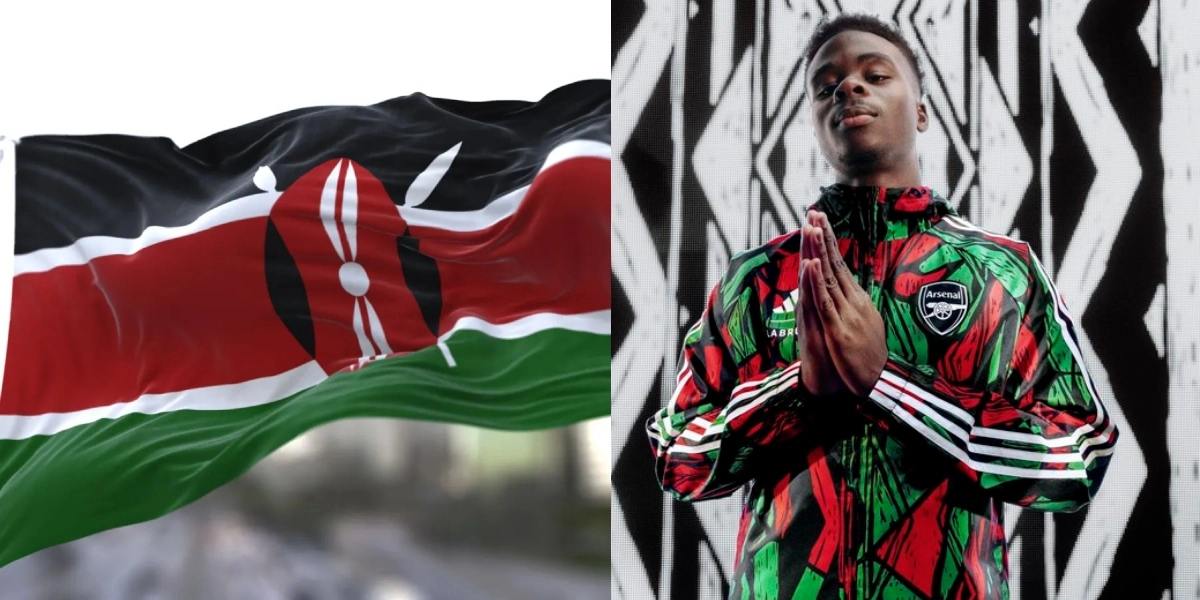Jahmby’s passing due to endometriosis, a disease she tirelessly advocated for awareness of, underscores the necessity for a deeper understanding of this condition.
The endometrium, the tissue lining the uterus, naturally sheds during menstruation. However, when it grows outside the uterus, it leads to endometriosis, affecting around 10% of women aged 25-40.
Endometrial tissue outside the uterus doesn’t shed, causing painful cysts and potential fibroid growth. This condition can also impact other reproductive organs like the ovaries and fallopian tubes.
The severity of pain during menstruation varies among women but can be excruciating. Endometriosis weakens the body and imposes significant challenges, with extreme pelvic pain being its hallmark symptom, surpassing typical menstrual cramps.
Additional symptoms include excessive bleeding during periods, infertility, and painful intercourse. Infertility may reveal endometriosis during diagnostic tests.
Laparoscopy, a minimally invasive procedure, involves inserting a camera through a small incision to examine the tissue around the uterus for endometrial growth.
Other diagnostic methods include pelvic exams, ultrasound, and MRI scans.
Treatment often involves medication, typically hormonal therapy to control tissue growth. Contraceptives are commonly prescribed for this purpose, along with progestin therapy to halt menstruation and tissue growth, thus mitigating pain.
Conservative surgery aims to remove endometrial tissue, potentially improving fertility.
In extreme cases, a hysterectomy, involving removal of the reproductive organs, may be considered as a last resort, resulting in infertility.
Regular gynaecological check-ups are vital for early diagnosis and intervention.
Living with Endometriosis
Managing endometriosis is a long-term process that includes medical treatments, lifestyle adjustments, and support. Here are some tips:
- Regular Exercise: Can help reduce pain and improve overall well-being.
- Healthy Diet: Eating anti-inflammatory foods might help alleviate symptoms.
- Support Groups: Connecting with others who have endometriosis can provide emotional support and practical advice.
- Stress Management: Techniques like yoga, meditation, and counselling can be beneficial.
Endometriosis is a complex and often misunderstood condition that requires comprehensive management. Jahmby’s advocacy highlights the importance of awareness and proactive healthcare in addressing endometriosis.
If you suspect you have endometriosis, consult a healthcare provider for an accurate diagnosis and tailored treatment plan. Early intervention and effective management can significantly improve the quality of life for those affected by endometriosis.











































